Lavinia, Tennessee
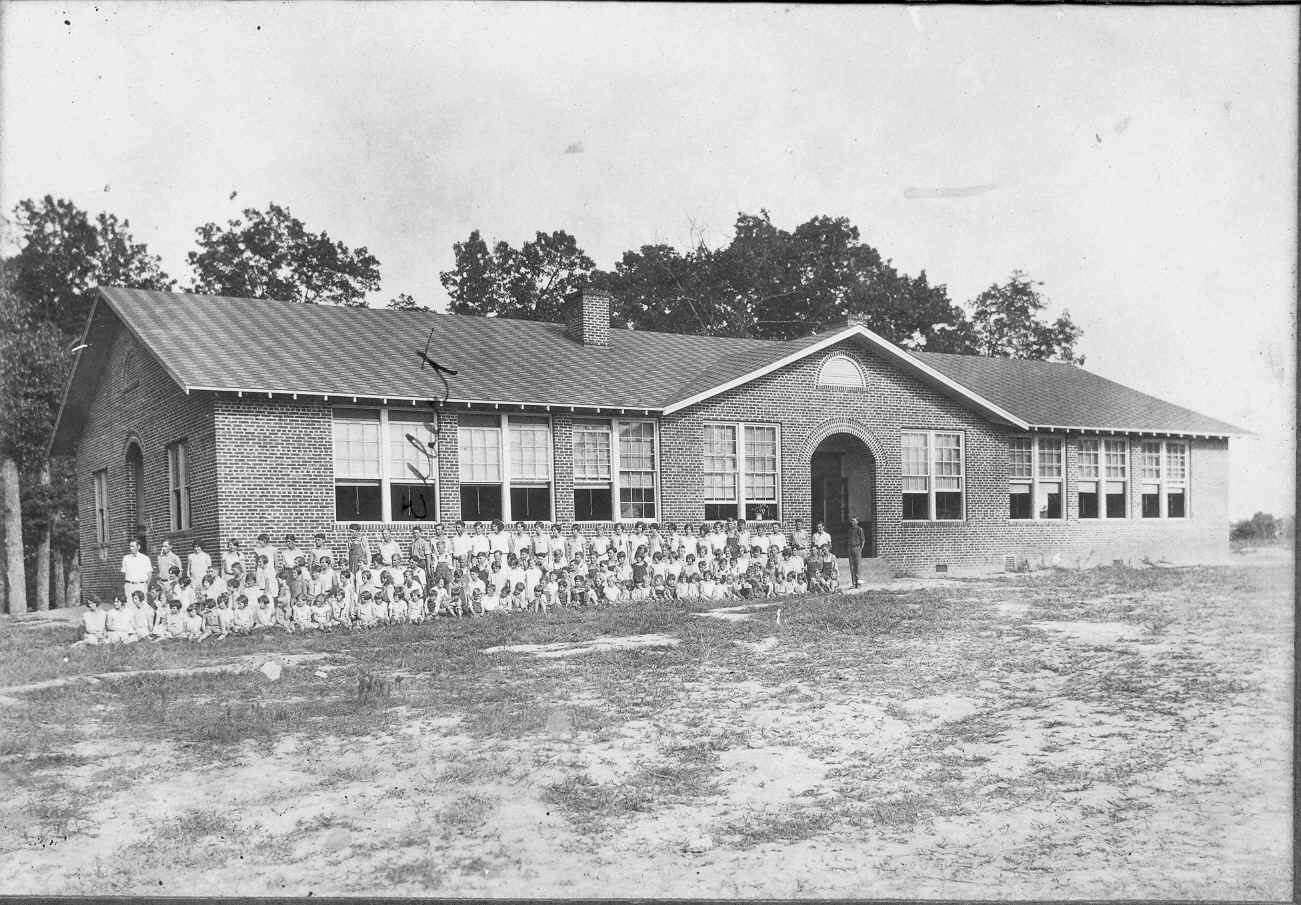
Lavinia School, circa 1929
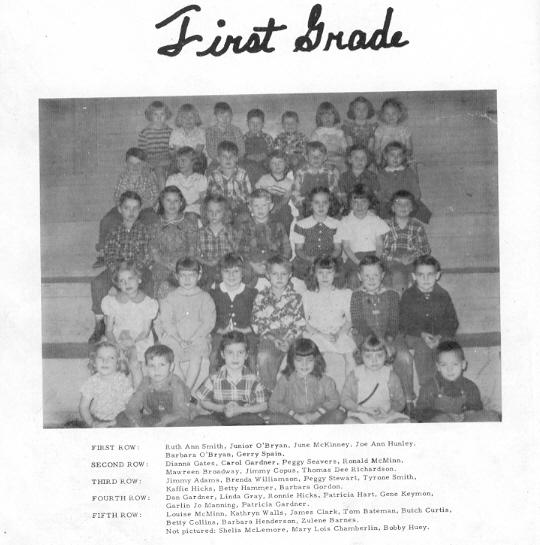
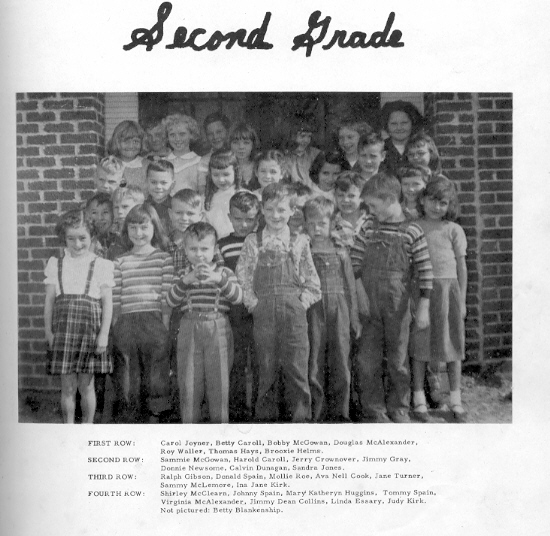
Lavinia, Tennessee is where I grew up and Lavinia School is
where I spent my first eight years in the world of education. The school
building was close to thirty years old when I started school at the tender age
of five in 1950. It burned to the ground after I
had left to go to high school at Trezevant.
Amazingly, I have better memories of my school years in the lower grades
than I do of high school, perhaps because most of those I went to school
with all started in first grade and went all the way through
eight years together and some went on to high school together. Pictured above is
my second grade class and also the
first grade class who came along behind us, and to whom we were very
close.
The
community of Lavinia dates back to the early 1800s; it was a
recognized community in 1822 and is one of the oldest communities in
Carroll County. The community was well-established before the Civil
War. According to my dad, at one time the little village had more than half a
dozen taverns and a whorehouse or two. World War II brought
prosperity to the area when the US Army decided to build an ammunition plant in
the area. The little village of Lavinia was the
location of one of the gates. My mother's family came into the area in the 1830s
not long after my father's ancestors settled
a few miles away in what is now the Terry Community. The McGowans moved into the
Lavinia Community around the time of
World War I, when my dad was a boy. My mother grew up only five miles or so away
but being ten years younger, they
never knew each other until they were young adults. They both went to school at
Lavinia but graduated from different high schools. Mother finished out
her secondary education at Milan, while Daddy went to Trezevant, the
same school from which I would graduate, as well as my younger brothers and
sisters.
Lavinia School was the focal point of the community. It sat
right next to the Methodist Church and the cemetary was right across
the fence from the playground where we played baseball, kick ball and dodge
ball, as well as marbles and other games.
My closest friends were mostly girls; we all went to the same church and saw
each other six days a week except when
we were out for summer vacation or "cotton picking" in the fall. The
school and church burned to the ground while I was in high school at
Trezevant. It was a very sad time for those of us who had gone there.
The school building was the center of the community. and nearly
everyone who lived in the Lavinia Community and surrounding communities
had gone there. The original building, which was built sometime
around 1920, burned in early sixties and a new building was built at
the same location. The school closed in the early eighties and the
building is now the property of the Tennessee National Guard.
During World War II, a magazine sent a photographer and
writer to Lavinia to document the changes on the community as a result
of the opening of the Milan Arsenal. At the time, my dad was overseas
with the Eighth Air Force in England. When
he saw the article, he was so embarrassed that he didn't want
his buddies to see it. The editos had picked out the photos that made Lavinia
look like a back-woods community. One was of an older gentleman, a McAlexander,
I believe, who had a beard that reached
all the way down to his feet! (Mike
Coleman did some research and found an article about the Milan Area in the
March 1944 issue of The Saturday Evening Post. But my mothers say there
was a picture of someone with a long beard in the
article my dad saw. No such picture is in the Post article, so perhaps there was
more than one article in more than one magazine.) The
US government took all of the land between Lavinia and Milan, including
land that had belonged to my mother's family, the Colemans. A
chain-link fence kept the local residents off the land that had
belonged to their families for generations. Yet the Arsenal brought
millions of dollars into the local community during the wartime
economy. While many such installations closed after the war, the Milan
Arsenal has remained open and is the largest employer in the immediate
area. Local residents assemble artillery shells for cannon on the
assembly lines and the sound of exploding condemned ammunition is a
daily week-day occurence. When I was flying in Vietnam I often saw
the words "Milan, Tennessee" stenciled on wooden ammunition
containers on the pallets of artillery ammunition that was a frequent
cargo. World War II, Korea and Vietnam allowed thousands of local
residents to maintain a standard of living far greater than that in
most rural communities.
Milan is the closest town of any size to Lavinia, and although the Arsenal presented a barrier that caused residents to have to detour around the north end until after the Kroean War, it is still where most Lavinia residents do their business. When I was a boy, there were three general stores in Milan, with the one owned by Bennett Adams as the dominent store until he sold it to Banks McLemore. The store had originally belonged to another resident until he had some kind of breakdown and barricaded himself in the house next door and started shooting at other members of his family. His own son finally slipped around the house and shot his dad. All of that happened sometime in the 1930s. The dominent home in Lavinia is the McNail House, a large antebellum-style house that was built before the Civil War. There are a number of houses in the area that pre-date the Civil War, including the one where my mother and dad lived unitl they died, and where I lived for the last two years I was at home. Today it is common for Lavinia residents to go shopping in Jackson, but when I was growing up, a visit to Jackson was almost like visiting another state and I only remember going there a few times.
Milan is the closest town of any size to Lavinia, and although the Arsenal presented a barrier that caused residents to have to detour around the north end until after the Kroean War, it is still where most Lavinia residents do their business. When I was a boy, there were three general stores in Milan, with the one owned by Bennett Adams as the dominent store until he sold it to Banks McLemore. The store had originally belonged to another resident until he had some kind of breakdown and barricaded himself in the house next door and started shooting at other members of his family. His own son finally slipped around the house and shot his dad. All of that happened sometime in the 1930s. The dominent home in Lavinia is the McNail House, a large antebellum-style house that was built before the Civil War. There are a number of houses in the area that pre-date the Civil War, including the one where my mother and dad lived unitl they died, and where I lived for the last two years I was at home. Today it is common for Lavinia residents to go shopping in Jackson, but when I was growing up, a visit to Jackson was almost like visiting another state and I only remember going there a few times.
One of the characters I remember around Lavinia was an old
negro named Stormy. I believe he was a Strayhorn. Stormy was a
curiosity because he carried an automatic pistol wrapped in a handkerchief in
his hip pockets. The pistol was legal - Stormy had
testifed against a local black man named Peg Thomas who had killed several
people and sent him to the state pen in Nashville and there were several threats against Stormy's life. My folks
tell of a Sunday afternoon shoot-out at a black church that
used to be across the holler from my grandfather's farm south of Lavinia. The
church had all-day services, but everyone who
came didn't come to worship. While the preaching and singing was going on
inside, there would be crapshoots and card playing
outside. Peg Thomas was evidently responsible for the incident. The location of
the church is now inside the Milan Arsenal.
There was another murder south of Lavinia after I went into
the service. Marcia Chandler was a teenager and was a member of my
brother Mike's class at Lavinia, but they went to seperate high schools.
Apparently, there was a hired-hand who lived in a little house behind the
Chandlers. I've been told that Lonnie was a womanizer from way back and he
apparently had something going on with Marcia's mother and maybe
Marcia herself. Lonnie apparently killed his own father when he was a teenager
in Medina. Lonnie got mad at Marcia one
night after a basketball game when she refused to ride home with him and her
mother and insisted on riding the bus. When
they got home they got in an argument that ended when Lonnie got a shotgun and
killed both women. My aunt Mary Nell
lived just up the road and after he shot the women, Lonnie realized what he had
done and called or went up there to tell her
what he had done. My father befriended Lonnie, who wrote him
letters until he passed away while still in prison. (Like all such
events, there are differing accounts as to what actually happened, but
the version I have been told came from Mary Nell, who was the first on
the scene after the shooting.)
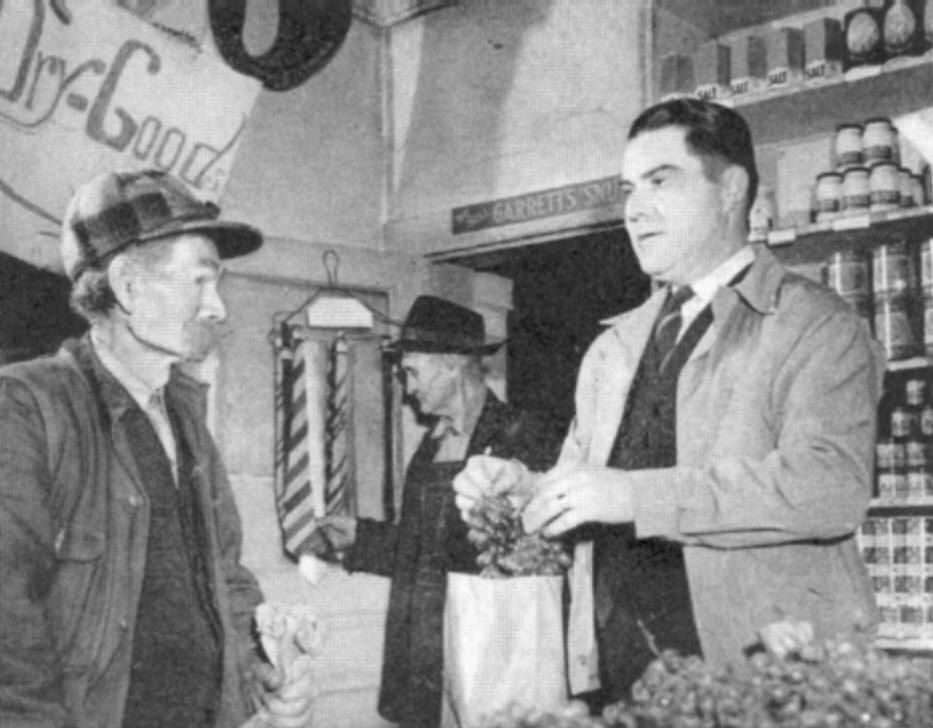
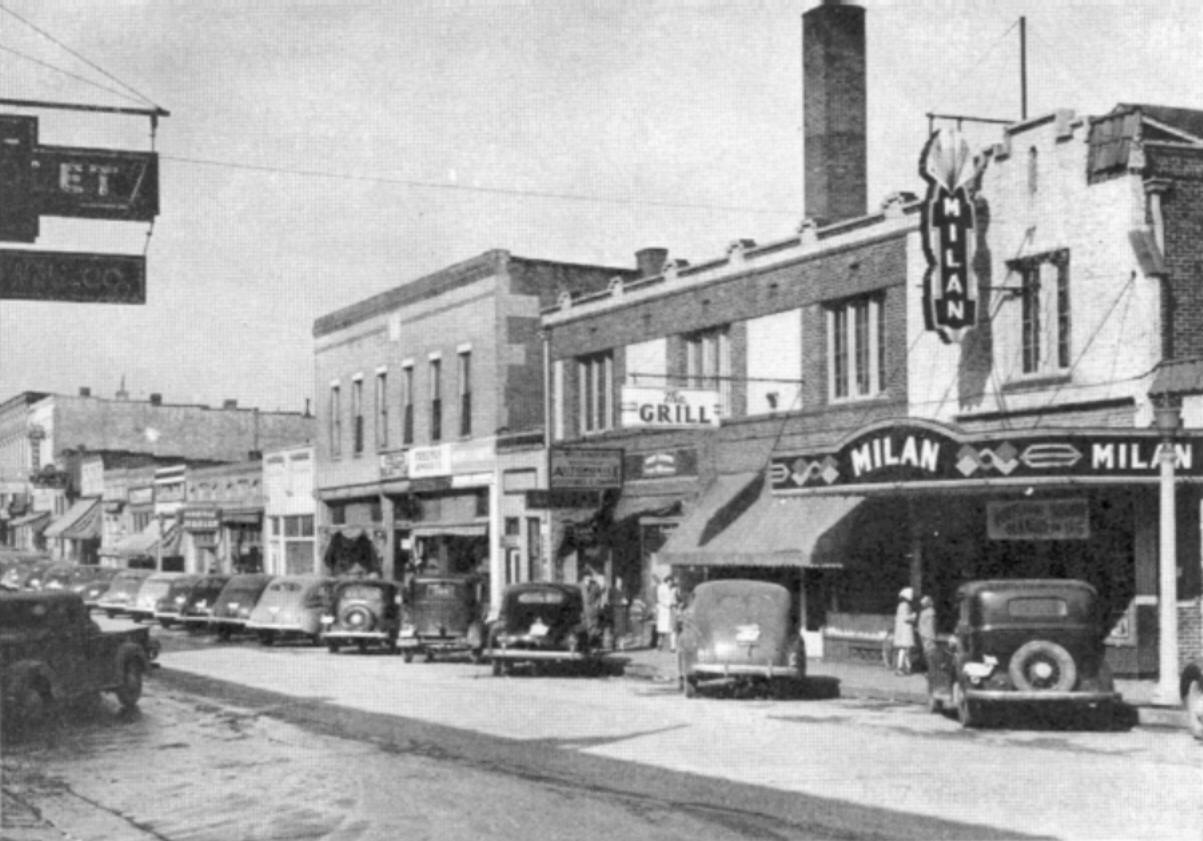
Bennett Adams waits on customers, 1943
(Saturday Evening Post, March
1944)
Downtown Milan, 1943
(Saturday Evening Post, March
1944)
1940
1941
1942
1943
1944
Click HOME to go to my home page
Click ABOUT to go to my "about me" page.
Join the Lavinia Email group!
Click the above link or send a blank Email to Lavinia-subscribe@topica.com